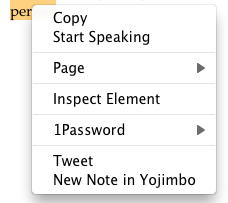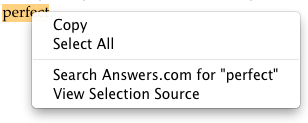Open Formats
May 31, 2008
Remember the early days of networking… before TCP/IP became the standard protocol? Well, neither do I, but I’ve read about it. That’s years ago now, but back then, each computer manufacturer developed their own method of networking their machines together, and each method, or protocol, was incompatible with the other. Apple had AppleTalk, Novell had IPX/SPX, Xerox had XNS, and on and on it went. TCP/IP was born out of the desire to create a vendor independent network, which became known as ARPAnet, and later, the Internet.
This little history lesson is meant to illustrate the tremendous advantages there are to open standards. Would the Internet exist if it belonged to a single corporation? Not as it is today, no. These same ideas can be applied to several other forms of data on the computer; images, documents, music, etc… We now have the capability to keep almost all of our data in a format that is guaranteed to provide greater flexibility, so why isn’t Apple taking advantage of it?
For example, Mail, the venerable email client that comes with the Mac, provides suitable email functionality for most Mac users. Now that I’ve got several years of email stored on my Mac, I’d like to be able to keep those files in a format that is not subject to any corporation’s whims. I’d also like to be able to drop my mail folder on another platform and be able to open it up in a different client… interoperability. Another example is iPhoto, one of my favorites. Would it really be that difficult for Apple to design iPhoto so it stores its database in a reliable, documented format that is readable (and writable) outside the application?
This goes back to a central belief I have about data, and applications. While the application may belong to its author, the data it processes belongs to me, and it should be available to me in a well documented, open format. Open formats make sharing files easier, as they are capable of being supported on more platforms
How about giving Quicktime the ability to natively export to Ogg-Theora? Or allowing iTunes to use Ogg-Vorbis as its default media format? (DRM not considered here…) Pages? Keynote? How about some Open Document Format support? I really don’t think the move to open formats would be that big of a leap. Apple already includes several open source applications inside its server offering, and has built its core data framework around XML and SQLite, so why not open the rest of it up?
The other note worth mentioning is the high profile “switch to linux” news that has been making the rounds lately. With several long time Mac supporters moving to Linux citing problems with formats and a lack of openness from Apple, it seems to me that this is a problem that could be easily fixed. I’m not calling on Apple to open source OS X, I’m not even implying that, although open sourcing a few of the bundled apps might be a good thing in the long term
The world is becoming more aware, and times they are a changin. The world is knocking, dear Apple, its time to open up.


